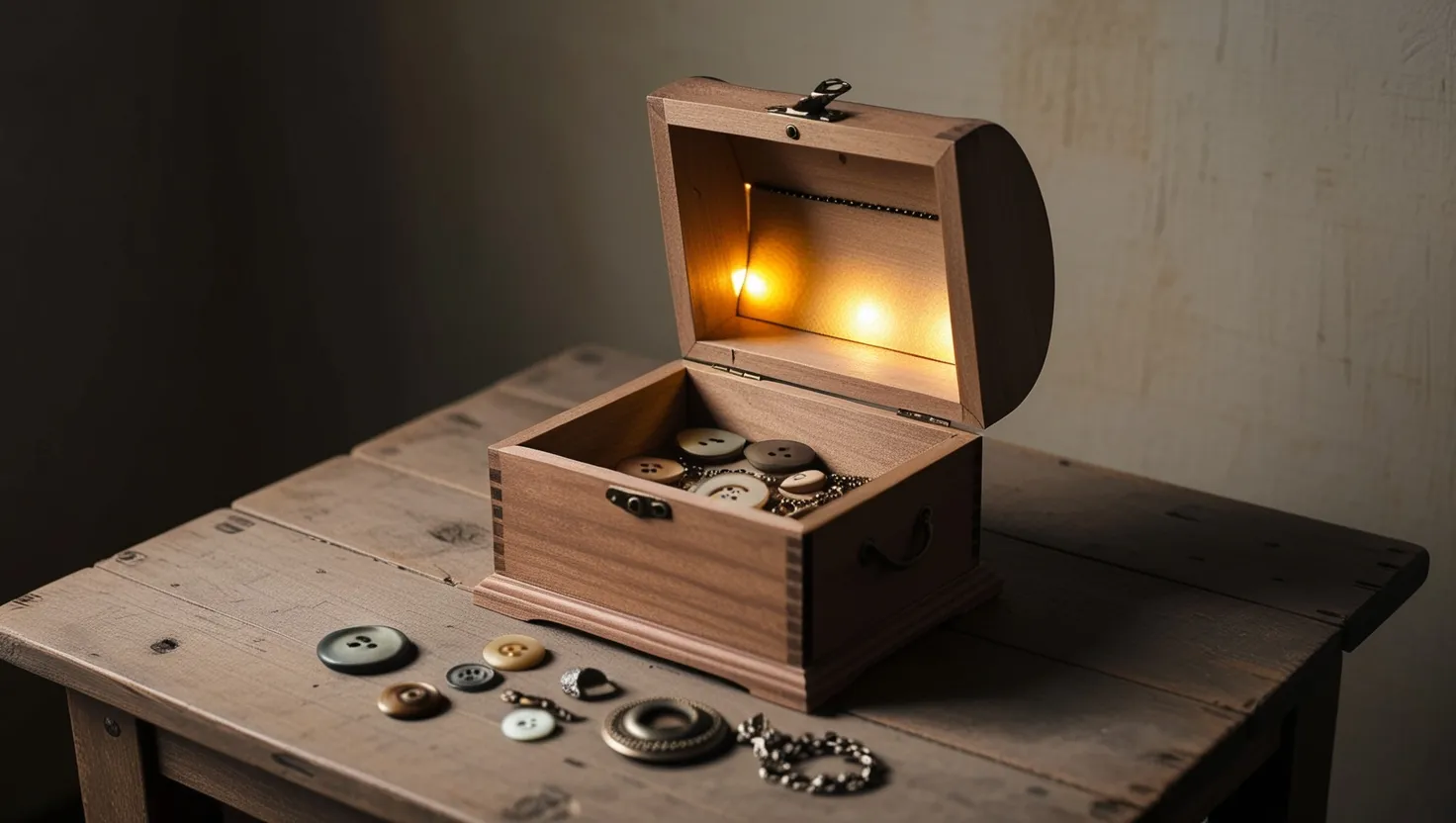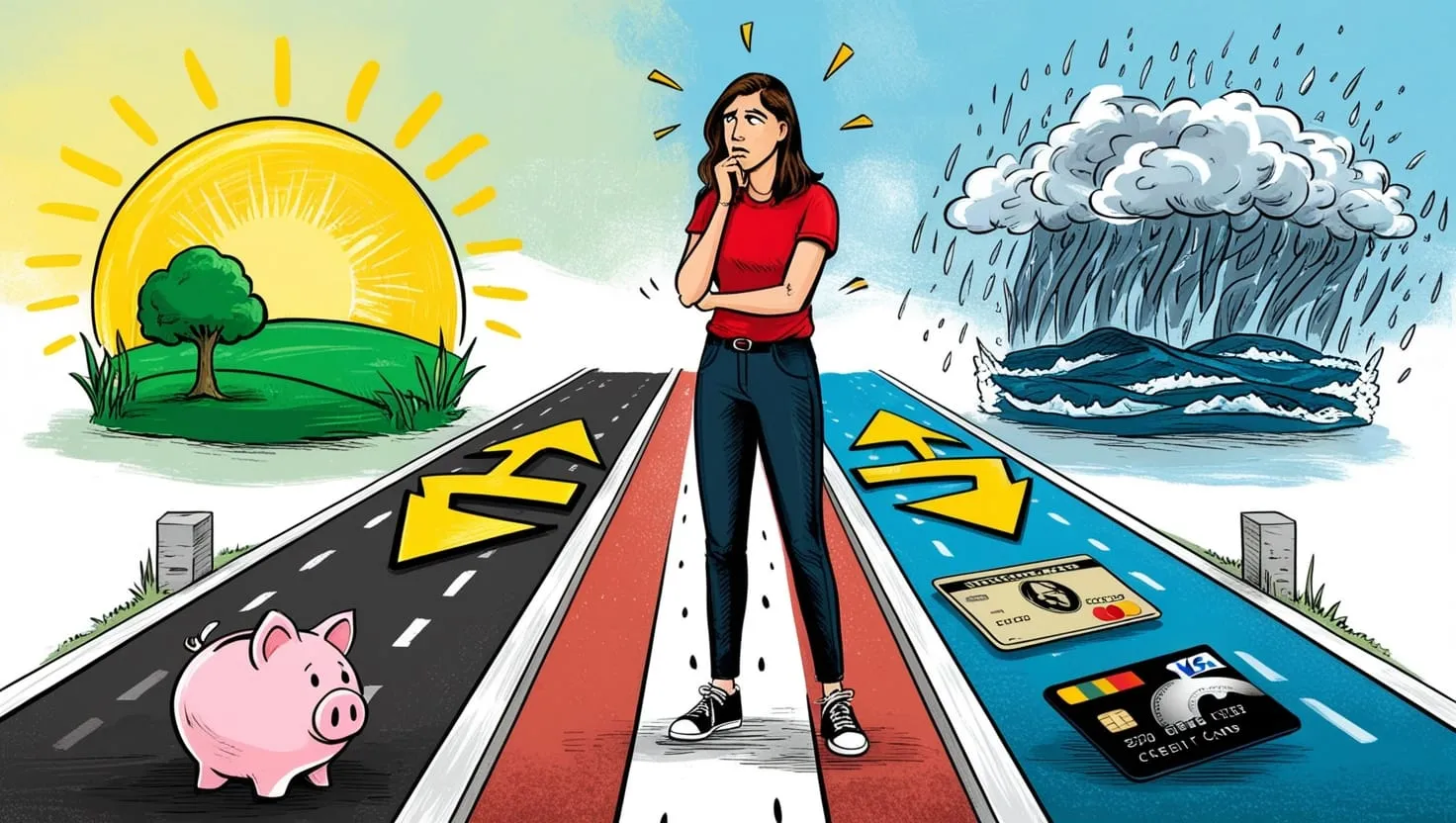Hannah’s world was a kaleidoscope of colors, numbers dancing in vibrant hues before her eyes. As a florist with synesthesia, she saw the world differently from most. Each number had its own distinct shade, creating a visual symphony that only she could perceive. Little did she know that this unique ability would not only transform her struggling flower shop but also revolutionize the way others approached personal finance.
The flower shop had been Hannah’s dream, a place where she could surround herself with nature’s beauty and share it with others. However, the harsh reality of running a business had begun to take its toll. Bills piled up, and the numbers in her ledger seemed to mock her with their cold, unforgiving presence. It was during one particularly stressful evening, as she pored over her accounts, that inspiration struck.
As Hannah stared at the columns of figures, she noticed how the colors associated with each number began to form patterns. The reds of her expenses clashed violently with the soothing blues of her income. Suddenly, it all made sense. She could use her synesthesia to create a visual representation of her finances, a method that would make budgeting not just comprehensible but beautiful.
Excited by this revelation, Hannah set to work. She created a large canvas and began to paint, each brushstroke representing a different aspect of her business’s finances. Expenses bloomed in warm hues, while income flowed in cool tones. The result was a stunning abstract piece that, to Hannah, was as clear as any spreadsheet.
As she stepped back to admire her work, a question formed in her mind: Could this method help others who struggled with traditional budgeting techniques?
Hannah decided to test her theory. She invited a few friends who had always found finance daunting to view her creation. To her delight, they were fascinated. Even without synesthesia, they found the visual representation of income and expenses far more engaging than rows of numbers.
Encouraged by their response, Hannah began offering workshops at her flower shop. She taught participants to create their own financial art pieces, using color theory to represent different aspects of their budgets. The workshops quickly gained popularity, drawing in people from all walks of life who were eager to gain a new perspective on their finances.
“Money is only a tool. It will take you wherever you wish, but it will not replace you as the driver.” - Ayn Rand
This quote resonated deeply with Hannah. She realized that her synesthesia had given her the ability to become the driver of her financial journey in a unique way. Now, she was helping others take the wheel as well.
As word spread about Hannah’s innovative approach, local financial advisors took notice. They were intrigued by the idea of using art to make finance more accessible. Soon, Hannah found herself collaborating with professionals, combining her visual method with their expertise to create comprehensive financial education programs.
The flower shop, once struggling, began to thrive. It transformed into a hub of creativity and financial empowerment. Customers would come in for bouquets and leave with a new understanding of their personal finances. Hannah’s synesthesia, once a private experience, had become a gift she could share with the world.
But Hannah’s journey wasn’t without its challenges. Some traditionalists scoffed at the idea of using art to teach finance. They argued that numbers were numbers, and no amount of color could change that fact. Hannah faced these critics head-on, asking them a simple question: “If we can make finance more approachable and less intimidating, isn’t that a win for everyone?”
Her passion and results spoke for themselves. People who had always avoided budgeting found themselves eagerly creating colorful masterpieces that represented their financial goals. Debt was no longer just a number, but a vibrant red shape to be gradually painted over with the blues and greens of savings and investment.
Hannah’s method even caught the attention of educators. Schools began inviting her to speak, introducing young students to the concept of financial literacy through art. Children who had never shown interest in math suddenly found themselves excited about numbers, seeing them as colors waiting to be brought to life on canvas.
“The most difficult thing is the decision to act, the rest is merely tenacity.” - Amelia Earhart
This quote became Hannah’s mantra. She had taken that difficult first step, deciding to act on her unique vision. Now, her tenacity was changing lives.
As her influence grew, Hannah never forgot the core of her business. The flower shop remained a place of beauty and tranquility. She often incorporated flowers into her financial art pieces, using their natural colors to represent different aspects of a budget. A sunflower might represent a savings goal, while a red rose could symbolize a debt to be paid off.
Hannah’s story raises an intriguing question: How many of us have unique perspectives or abilities that could revolutionize traditional practices if only we dared to explore them?
The synergy between Hannah’s synesthesia and her financial innovation led to unexpected benefits. People reported feeling less stressed about money as they engaged with their finances in this new, creative way. The act of painting their budgets became a form of meditation, allowing them to approach their financial decisions with a clearer, calmer mind.
Local artists began to take interest in Hannah’s work, seeing it as a new form of abstract expression. Collaborations emerged, with artists creating pieces that represented complex economic concepts. These works were displayed in galleries, sparking conversations about the intersection of art, finance, and perception.
Hannah’s method even found applications beyond personal finance. Small businesses began using color-coded visual representations to track their growth and identify areas for improvement. Nonprofit organizations used the technique to create compelling visual reports for donors, making their financial impact more tangible and engaging.
As Hannah’s influence spread, she often reflected on the journey that had brought her to this point. She remembered the days when her synesthesia felt like a burden, setting her apart from others. Now, it was the very thing that allowed her to connect with people on a profound level, helping them see the world of finance through new eyes.
“The only way to do great work is to love what you do.” - Steve Jobs
This quote echoed Hannah’s experience. Her love for both flowers and colors had led her to create something truly innovative, a perfect blend of her passions and skills.
Hannah’s story serves as a powerful reminder of the potential that lies within our unique perspectives. It prompts us to consider: What hidden talents or perceptions might we possess that could change the world in ways we’ve never imagined?
As Hannah continued to grow her business and spread her method, she remained grounded in her initial vision. The flower shop was still a place of beauty and peace, now enhanced by the colorful financial artworks that adorned its walls. Customers could purchase a bouquet and leave with a new understanding of their financial landscape, all thanks to one woman’s ability to see numbers in color.
Hannah’s journey from struggling florist to financial innovator is a testament to the power of embracing our unique gifts. It reminds us that sometimes, the very things that set us apart can be our greatest strengths. In a world that often values conformity, Hannah’s story encourages us to celebrate our differences and explore the unexpected ways they might benefit others.
As we reflect on Hannah’s remarkable journey, we’re left with a final question to ponder: What unique perspective do you bring to the world, and how might it change things for the better if you dared to share it?






